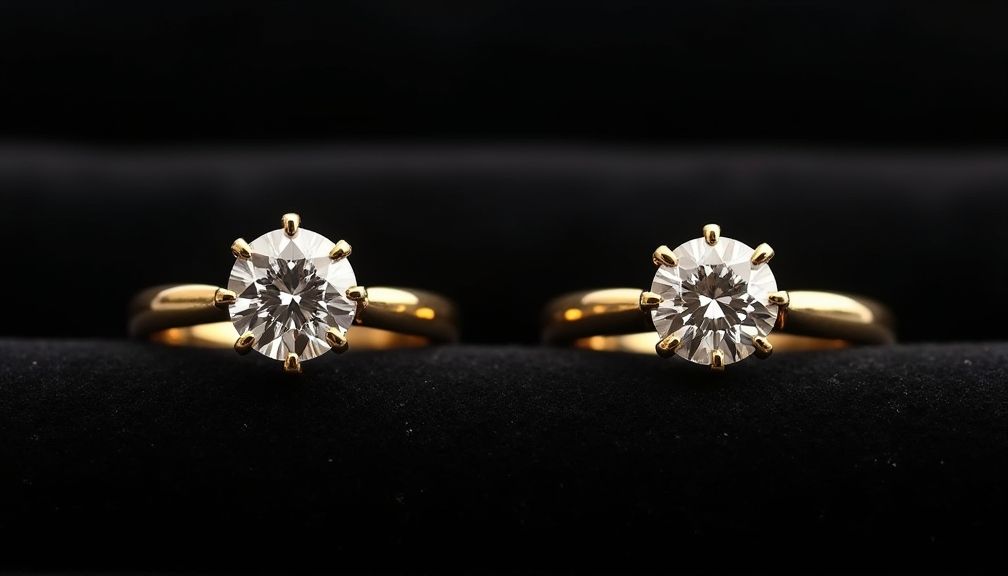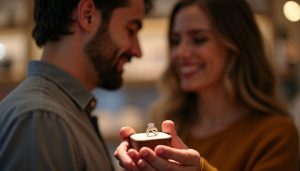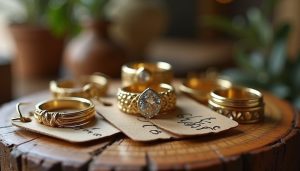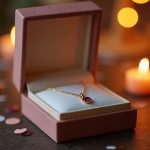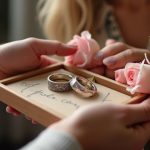The allure of gold and diamonds has captured human fascination for centuries. They symbolize wealth, luxury, and timeless beauty. However, with their popularity comes the unfortunate prevalence of counterfeit items. Whether you’re looking to purchase jewelry for yourself or as a gift, knowing how to differentiate between genuine and fake pieces is crucial. In this guide, we’ll explore the methods to spot fake gold and diamonds, ensuring that you make informed decisions.
The Importance of Authenticity
Before delving into the ways to identify fake gold and diamonds, it’s essential to understand why authenticity matters. Purchasing counterfeit items not only impacts your wallet but can also lead to emotional disappointment. Genuine gold and diamonds retain their value and can be passed down through generations, unlike imitations.
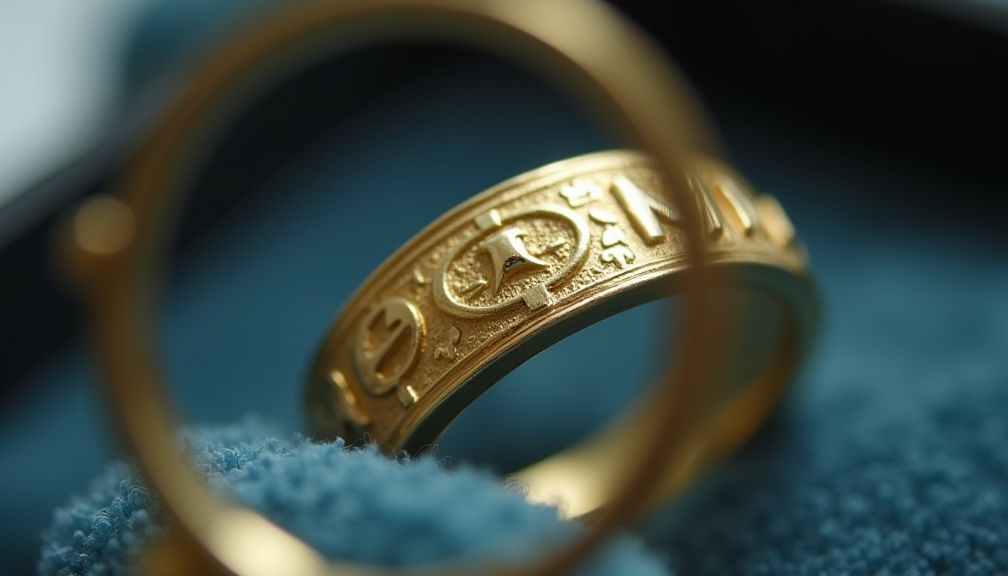
Identifying Fake Gold
The Basics of Gold
Gold comes in various karats, which indicate the purity of the metal. Pure gold is 24 karats, while other common values include 18K, 14K, and 10K. The lower the karat number, the more other metals are mixed with gold. When determining if gold is genuine, consider the following methods.
Visual Inspection
A quick visual inspection can reveal a lot. Genuine gold jewelry often has a stamp or hallmark indicating its karat. Look for markings such as ‘750’ for 18K gold or ‘585’ for 14K gold. Fake gold might lack these stamps altogether.
The Magnet Test
Gold is not magnetic. If you have a magnet on hand, try this simple test. If the item sticks to the magnet, it’s a sure sign that the piece is not made of real gold.
Acid Test
The acid test involves applying a small drop of nitric acid to the gold item and observing the reaction. Genuine gold will not react; it retains its color and luster. However, other metals will exhibit a range of reactions, including changes in color or formation of bubbles.
Color and Shine
Pay attention to the color and shine of the gold piece. Genuine gold often has a rich, deep hue and a warm, reflective shine. If the item appears too shiny or has a brassy color, it may be fake.
Weight and Density
Gold is a dense metal. If your piece feels unexpectedly light, it may not be genuine. Investing in a small scale to weigh your gold can help verify its authenticity. Compare the weight of your piece with the expected weight for its size in karats.
Professional Appraisal
If you remain unsure, visiting a professional jeweler for an appraisal can provide peace of mind. Experts have tools and techniques that can conclusively determine the authenticity of gold.
Identifying Fake Diamonds
The Value of Diamonds
Diamonds are evaluated based on the Four Cs: carat, cut, color, and clarity. Understanding these characteristics can help you differentiate between genuine diamonds and imitations.
Visual Inspection
Just like with gold, a close inspection can reveal the authenticity of a diamond. Look for imperfections, as natural diamonds often have tiny inclusions. If the diamond appears flawless, it may be a synthetic or imitation stone.
Further Reading:
The Water Test
A simple water test can help you determine whether a diamond is real or fake. Fill a glass with water and drop the diamond into the glass. A genuine diamond will sink to the bottom, while a fake stone may float due to its lower density.
Fog Test
Breath on the diamond to create fog. If the fog dissipates quickly, it’s likely a real diamond. If it lingers, the stone may be an imitation, as real diamonds disperse heat more efficiently.
UV Light Test
Under ultraviolet light, many natural diamonds will emit a blue glow, while others may not. However, this test is not foolproof, as various synthetic variations exist. It is best used in conjunction with other methods.
Check for Bubbles
Fake diamonds, particularly those made of glass or acrylic, often display bubbles within them. Use a jeweler’s loupe to magnify the stone and inspect for these imperfections. If bubbles are visible, the diamond is likely not real.
Professional Appraisal
Much like gold, having a diamond professionally appraised is the most reliable way to ensure its authenticity. Certified jewelers can provide documentation confirming the stone’s value and authenticity.
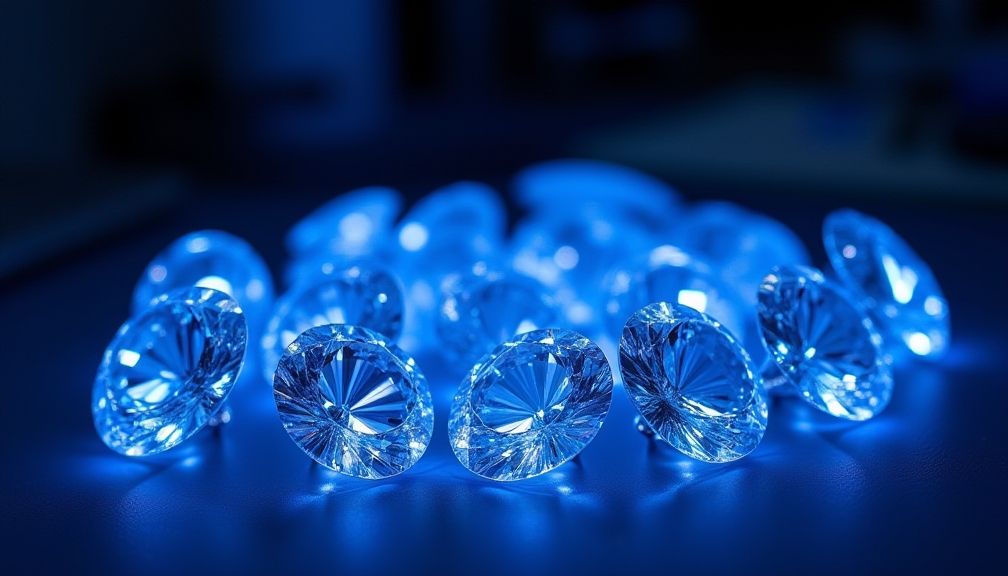
Common Imitations and Substitutes
Gold Imitations
Gold plating and gold-filled jewelry are common alternatives to solid gold. While they may appear indistinguishable at first glance, they have very different characteristics in terms of composition and value. Understanding the differences can help you make informed decisions.
Diamond Alternatives
Moissanite, cubic zirconia, and lab-created diamonds are popular alternatives to natural diamonds. Each has its own set of characteristics. For instance, moissanite is known for being more brilliant than diamonds but has a different refractive index.
Conclusion
Being knowledgeable about how to spot fake gold and diamonds empowers you as a consumer. With our guidelines, you can confidently assess the authenticity of your jewelry, ensuring that you make wise investments. Whether for personal use or gifting, genuine gold and diamonds are symbols of lasting value. Remember, when in doubt, always consult with a professional.
